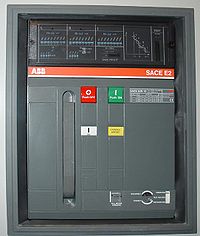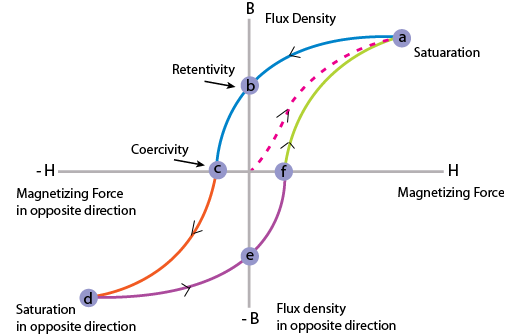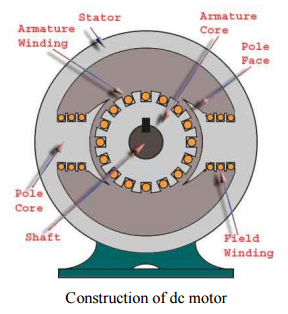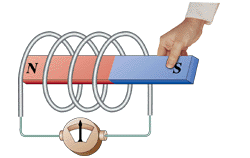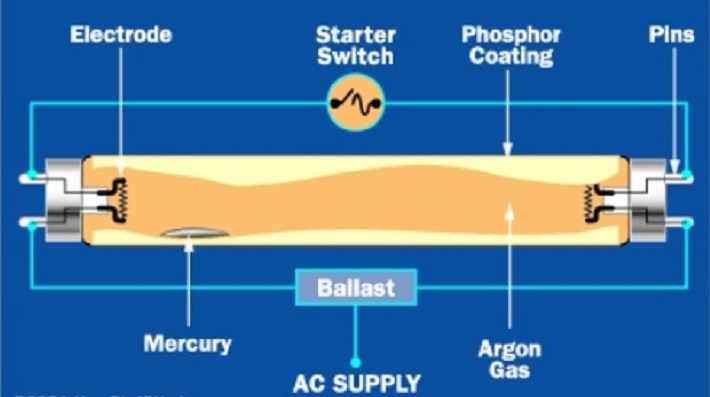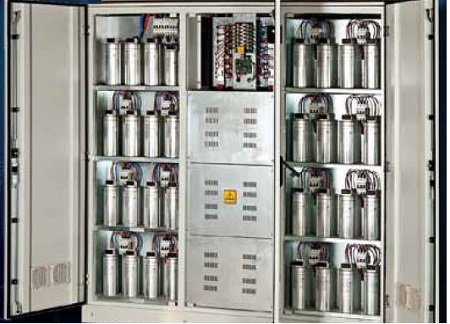CIRCUIT BREAKERS WORKING PRINCIPLE & TYPES
It is well known that Circuit Breakers are devices which are used to break a circuit continuity and restore it again when required. Normally these are known as switching devices that can be activated manually or automatically to control the electrical power systems. In case of short circuiting or leakage of the larger amount of… Read More »

